Flatbush Locals Celebrated Juneteenth With Art to Raise Awareness of African Burial Ground
The Bedford-Church African Burial Ground Coalition in Brooklyn on Saturday, June 19 hosted a Juneteenth celebration at 2286 Church Avenue, a site where bones of enslaved Africans have been repeatedly found.

Photo by Corazon Valiente
The Bedford-Church African Burial Ground Coalition in Brooklyn on Saturday, June 19 hosted a Juneteenth celebration at 2286 Church Avenue, a site where bones of enslaved Africans have been repeatedly found.
The coalition told Caribbean Life that the celebration was designed “to bring Flatbush’s rich Black history to light from colonial times to the present, and to raise awareness of the existence of an African burial ground in the heart of Brooklyn.”
The Bedford-Church African Burial Ground Coalition said its petition to stop city development of the site already has over 830 online signatures and over 200 signatures on paper collected on the ground. “The number is only growing,” the group said.
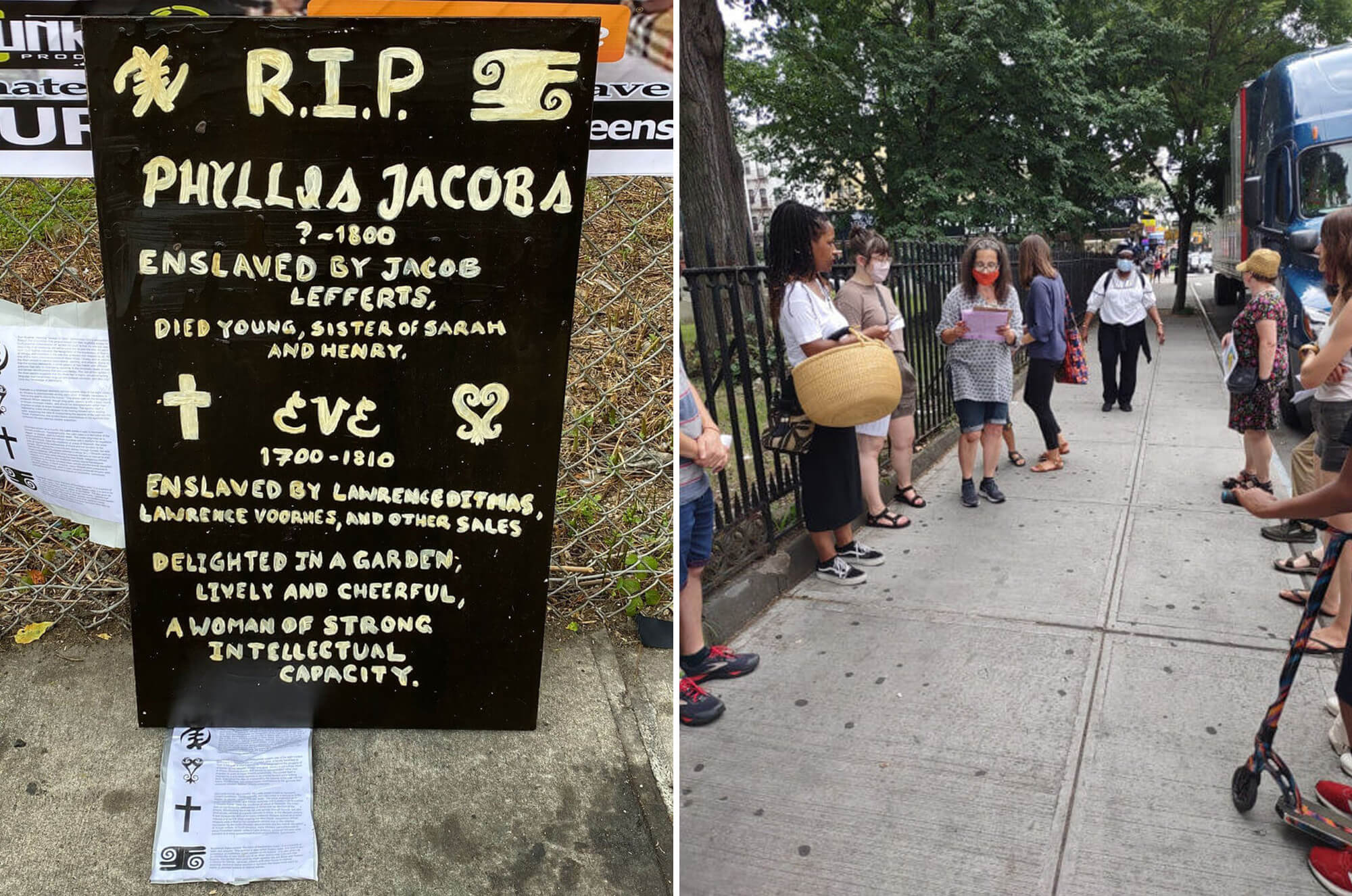
The burial ground is located next to Erasmus High School at the intersection of Church and Bedford avenues in Brooklyn, and dates to the times when Brooklyn held the largest concentration of enslaved people north of the Mason-Dixon line.
The day included gardening projects, a walking tour and creation of community art “to draw attention to the location, which has been long neglected by the city,” the coalition said.
“But community members have been envisioning access to the land for years,” it said.
The coalition said an interactive walking tour of the burial ground and connected areas “centered the histories of enslaved Africans and the indigenous Lenape inhabitants.”
The tour was created and led by Shanna Sabio, cofounder of GrowHouse NYC; Frank Schellace, local artist and member of Q Gardens; and Jean-Dominique Bonnet, a civil engineer and member of Q Gardens.
The group also created a fence weaving using an excerpt of Assata Shakur’s poem “Leftovers – What Is Left?” as part of a global fence weaving project in collaboration with Brooklyn Hi-Art! Machine and A Blade of Grass.
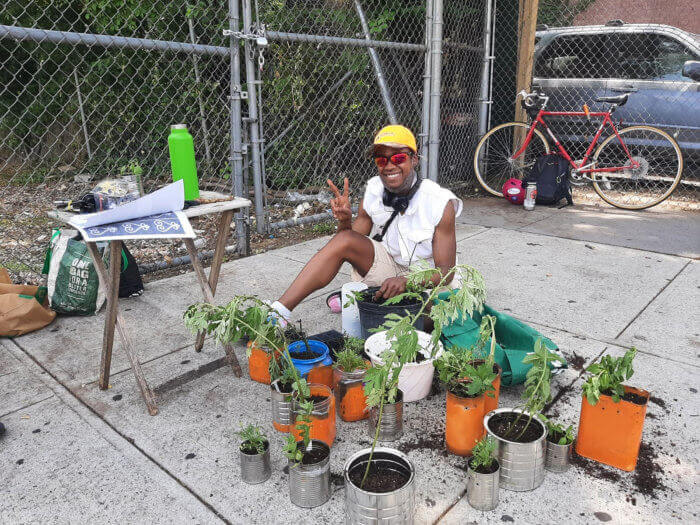
The project engages organizations and communities around the country and the world to create global fence weaving projects in their respective communities, the coalition said.
Samantha Bernardine, a teacher at Erasmus High School, and her students hung banners expressing their desires for the site to be honored as sacred, the coalition said.
Members of the coalition are at the site every Saturday from noon to 2 p.m. to share information about the burial ground and to clean and decorate the site.
Separately, in 2020, the city’s Flatbush African Burial Ground Remembrance and Redevelopment Task Force, spearheaded by Brooklyn Borough President Eric Adams and City Councilman Matthew Eugene, proposed building affordable housing and a memorial at the site.
The Bedford-Church African Burial Ground Coalition said it is a group of individuals and organizations “who are committed to an open, democratic process for determining what happens to this sacred space at 2286 Church Avenue — the Bedford-Church African Burial Ground — and all city-owned (therefore community-owned) land.”
The coalition said it practices “decentralized, cooperative leadership,” stating that its priorities are to stop the building of “affordable housing” on these grounds; to raise awareness of the rich history of Flatbush, centering the histories of Black and indigenous peoples; to facilitate community education and collective determination of appropriate uses for the land and any remains or items found on the land; and to preserve green spaces for the health and benefit of Brooklyn residents.
[Photos by Corazon Valiente]
Editor’s note: A version of this story originally ran in Caribbean Life. Click here to see the original story.
Related Stories
- Brooklyn’s Freedom
- Human Remains Found in East Flatbush Could Be From Historic Almshouse Burial Ground
- Black Folks in 19th Century Brooklyn
Email tips@brownstoner.com with further comments, questions or tips. Follow Brownstoner on Twitter and Instagram, and like us on Facebook.

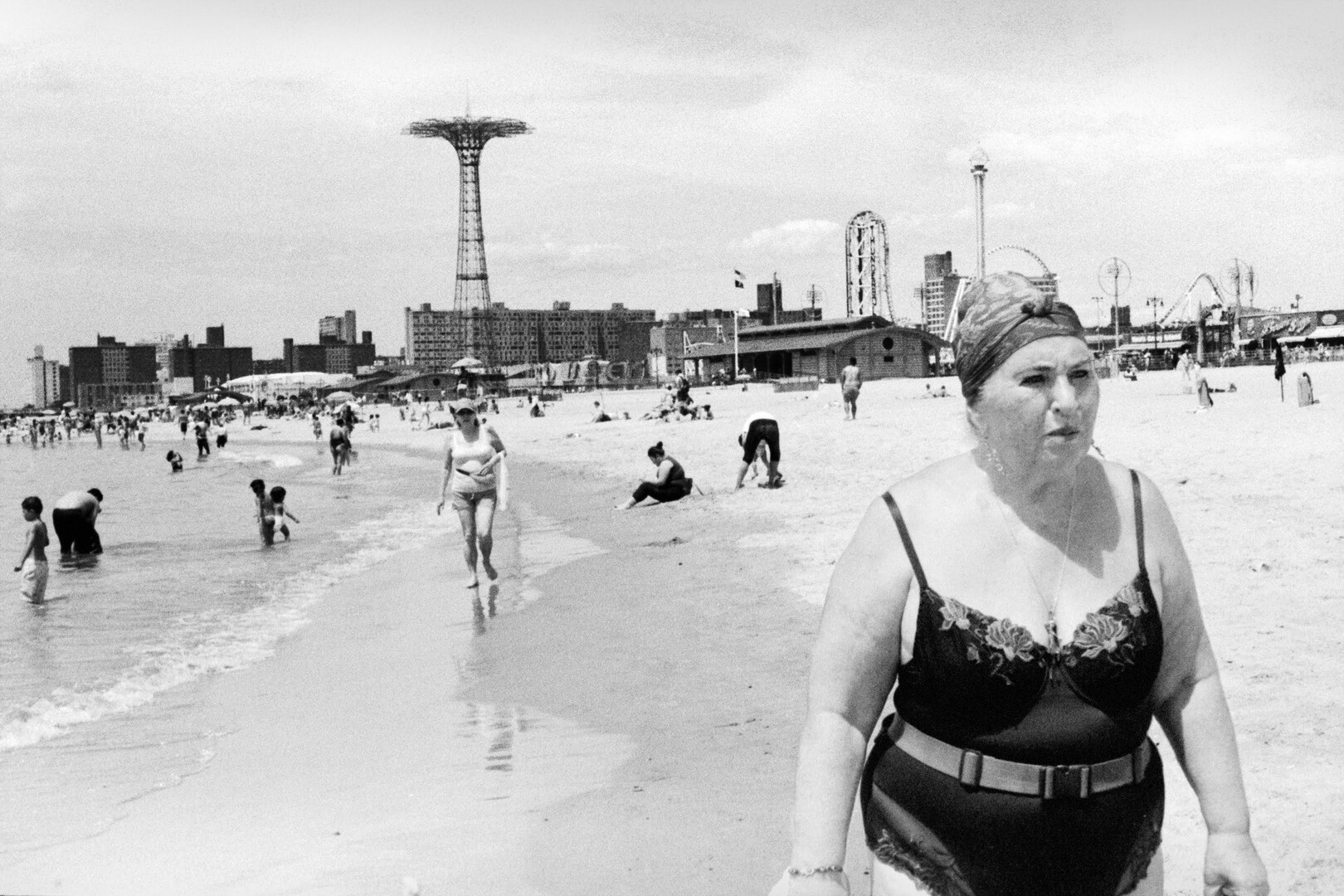
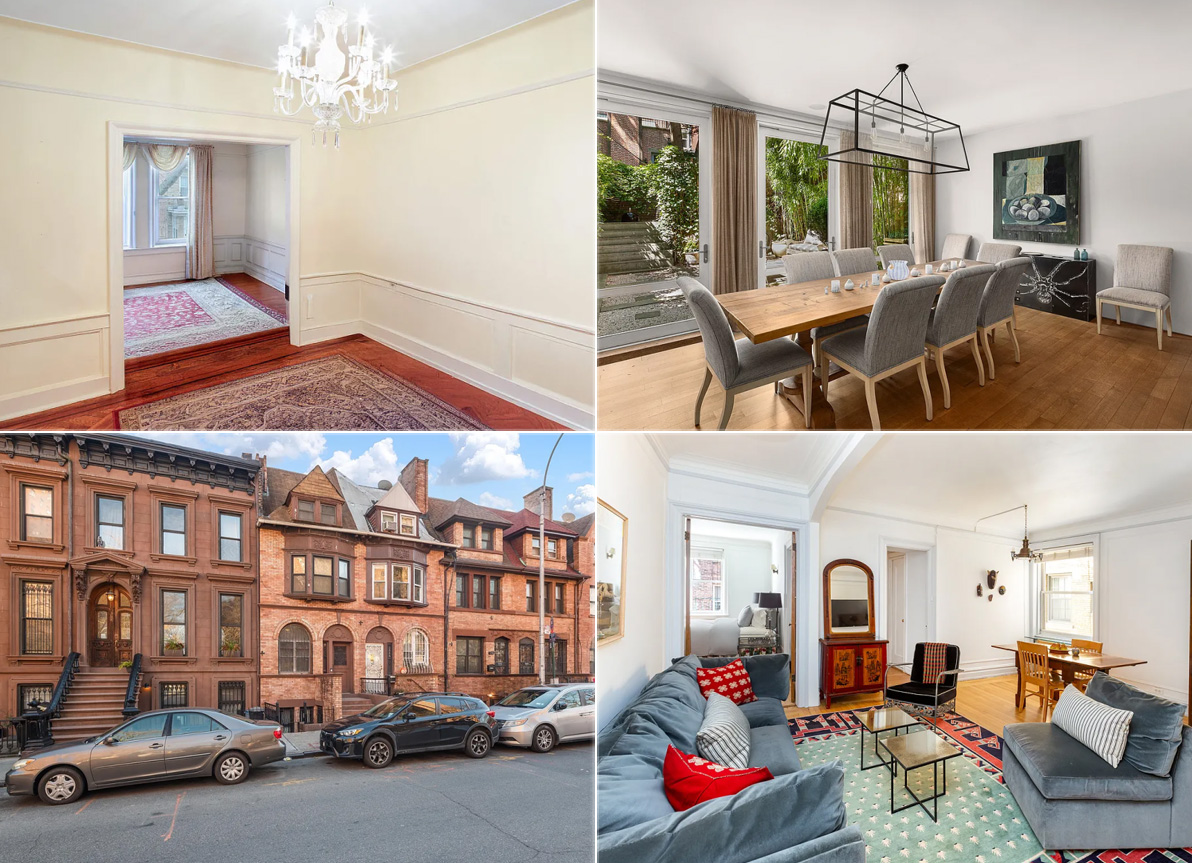
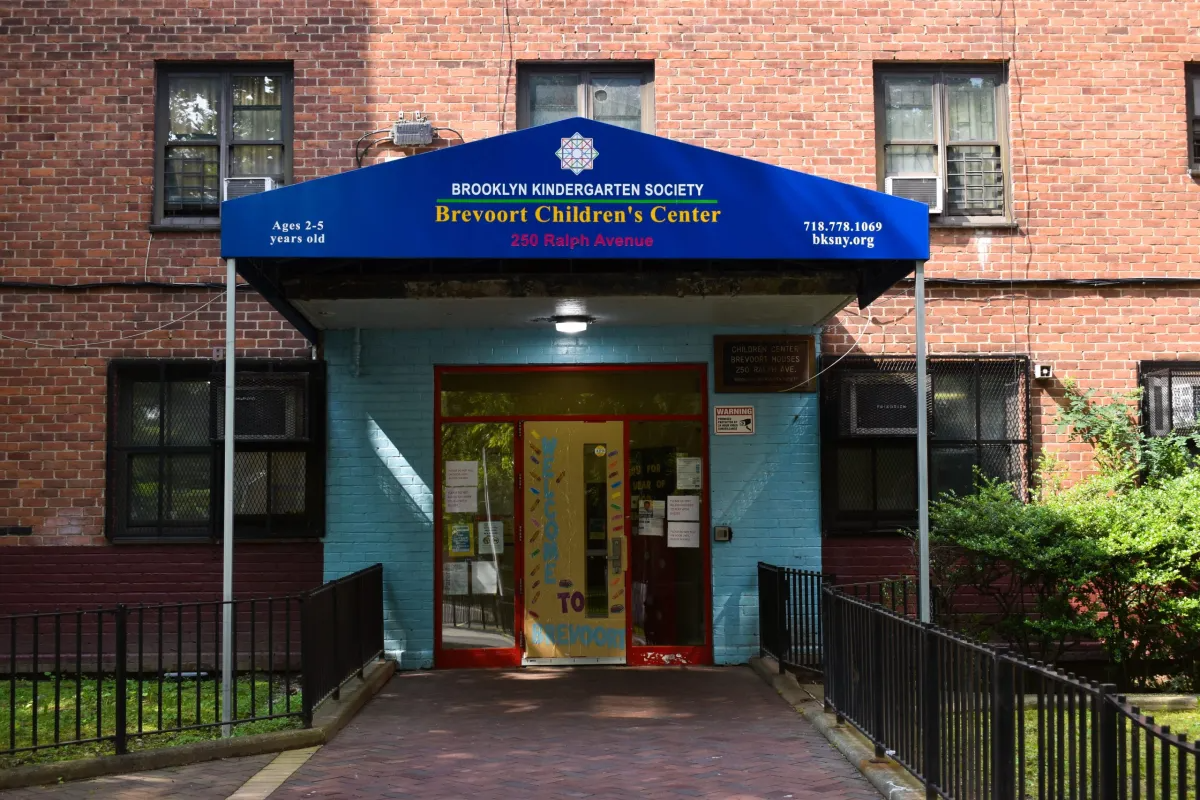
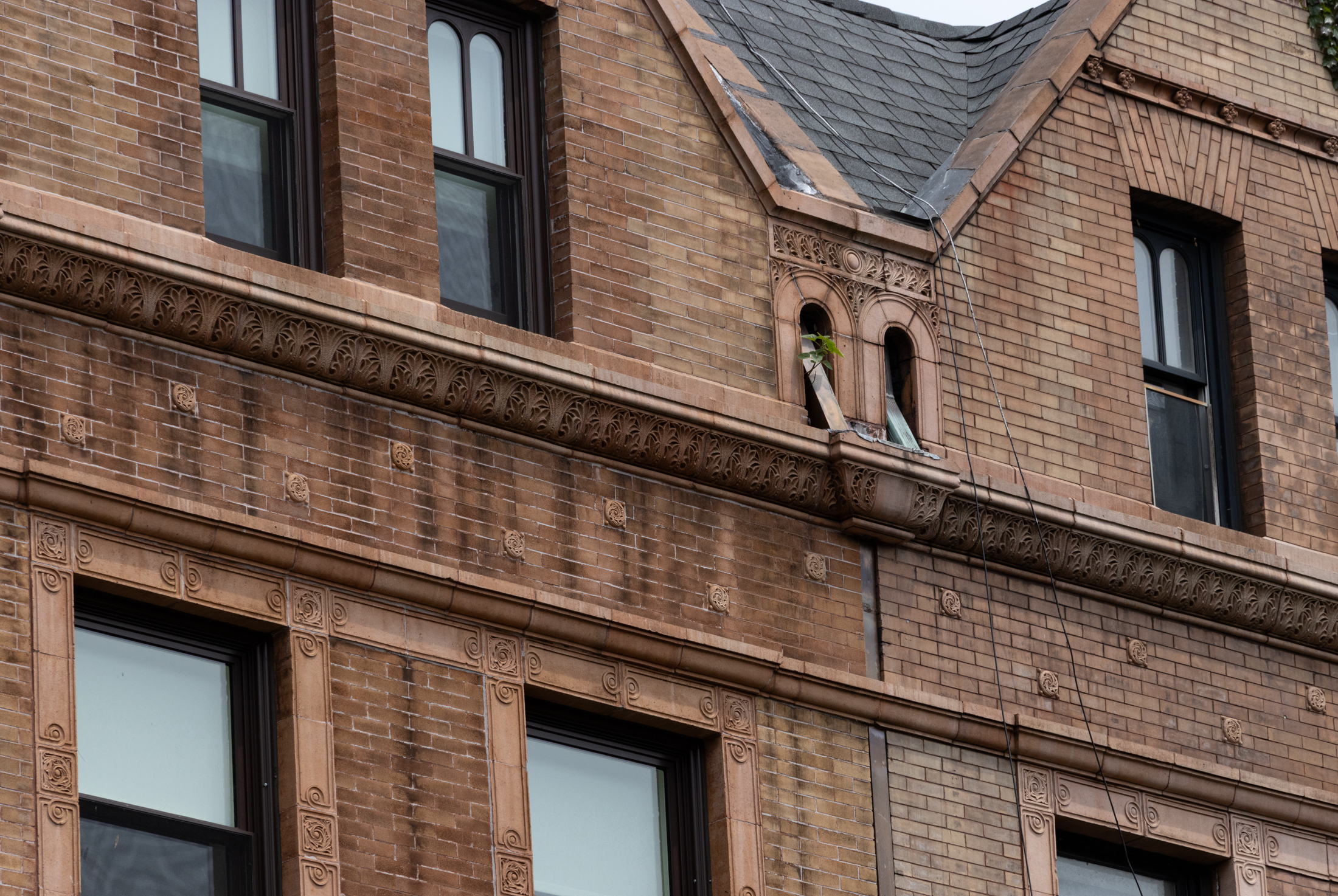
What's Your Take? Leave a Comment